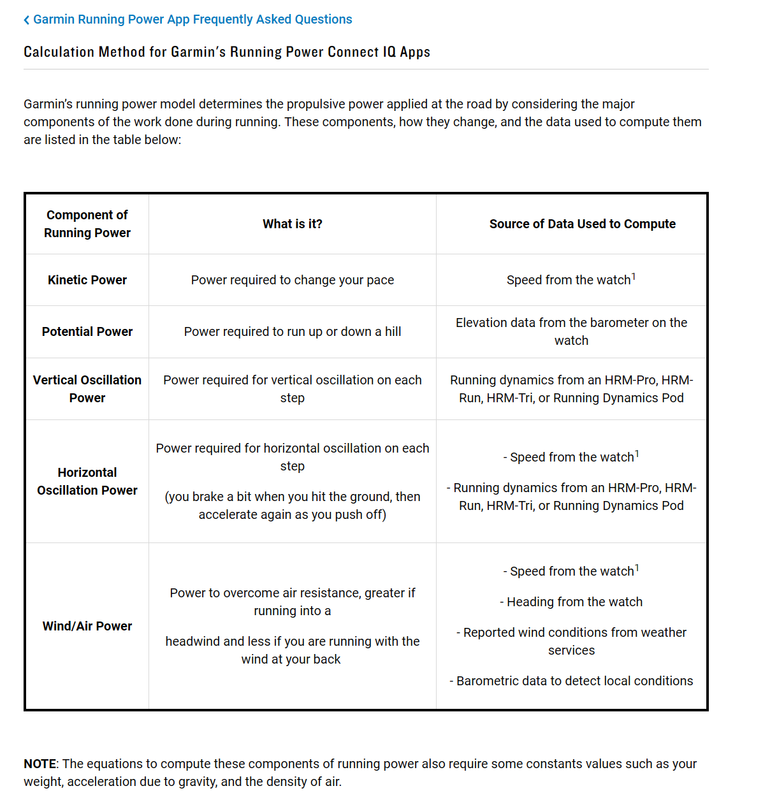Is it too hard to implement such function since Garmin already have it on Edge family? If so, why even small companies such Coros provide it their clients?
It was a FR935 request more than 4 years ago. FOUR years!
I do believe that Premium Product buyers desert a bit more from Garmin, honestly.


